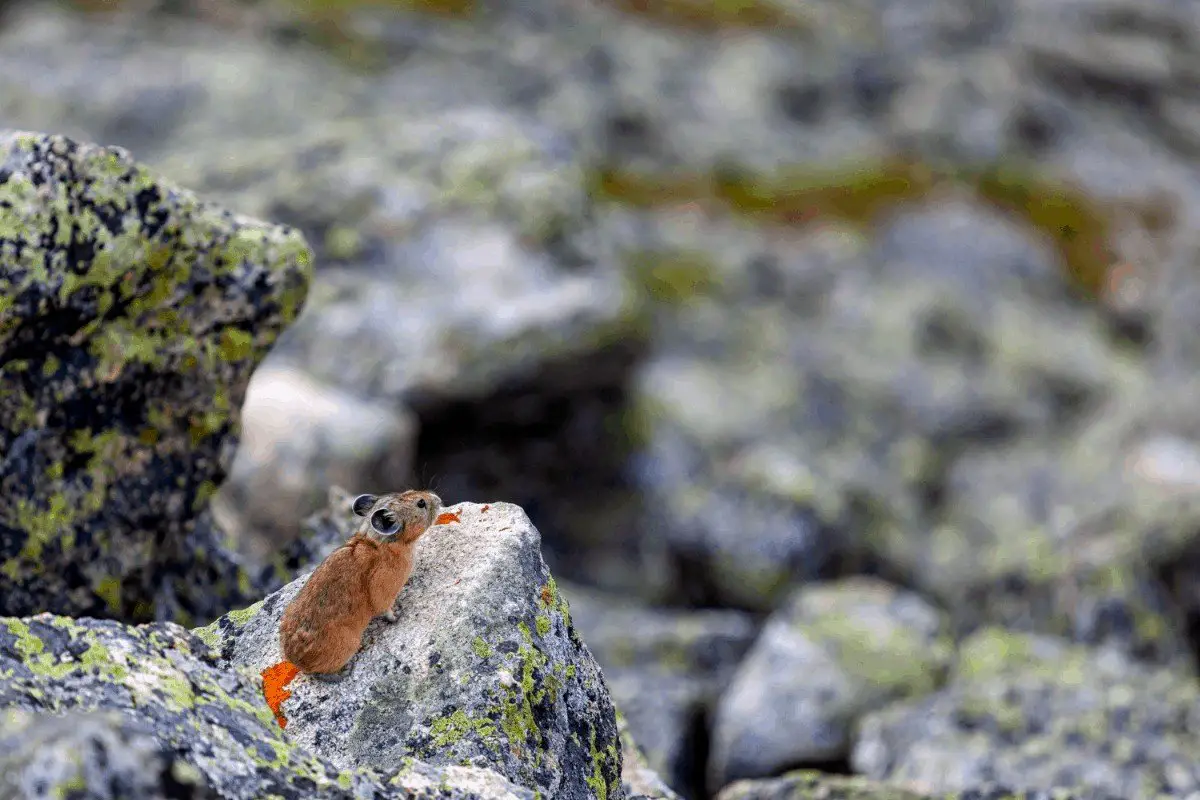Last Updated on July 19, 2022 by Ecorf
How can you keep rodents out of your RV? One of the problems of living outside in your camper is that you occasionally get visited by rodents such as rats and raccoons. With simple tricks, you can rodent-proof your camper without much stress. In this article, we will be talking about how to mouse proof a camper so if you are having rodent problems in your camper, we encourage you to read this article to the end.
Rodent problems are some of the most unhygienic situations you can deal with in your home (or in this case recreational vehicle). In addition to carrying diseases that can easily be transmitted to you, they also cause problems with your electrical wires in your camper. These damages can cause you additional expenses to repair and make your camping experience quite uninteresting. To avoid damage to your camper, you will need to ensure that you mouse-proof your RV to prevent rodents from hiding inside it during the cold winter period when the RV will not be in use.
You can keep your camper free from rats and mice by simply following the guidelines we have outlined below
Table of Contents
Steps on How to Mouse Proof a Camper
-
Take Out the Rodents that Are Already Inside the Camper
The first step you need to take to mouse-proof your camper is to take care of the mouse that is already inside the camper. This you can easily do by making use of a mousetrap with the help of cheese bait. If you are against the idea of killing rodents, you can make use of catch and release traps so as not to harm the animal. You should know however that most catch and release mouse traps aren’t an effective solution to tackling the problem of rodents. This is because rodents can easily break free from the trap since it wasn’t designed to do damage.
After completely eliminating the rodents in the camper, you will need to remove rodent droppings and sterilize your camper by using a germicidal cleaner. This helps to eliminate odors left behind by rodents making the camper less inviting to mice and the likes in the future.
-
Seal Up All the Holes and Tiny Spaces in Your Camper
After eliminating all the rats and mice that are in your camper, the next step is to seal up all the tiny spaces and holes that can accommodate rodents in the future. The smallest of crawl spaces can easily accommodate rodents due to their diminutive stature. This is why you need to ensure they are properly sealed to make it rat proof.
Check the undercarriage of your RV by crawling underneath it and check for any tiny spaces. Once you spot any space that can easily fit a rat or two, ensure you seal it completely. Check the edges and corners of your RV for spaces that are not supposed to be there. The wiring and plumbing are other places where rodents can hideout. Check that there are no gaps and seal off any space that is opened.
Check your drawers and closets to ensure that there are no holes that can be used as a hiding spot by rodents. Also, check for damaged and loose seals and ensure that they are properly bound together to prevent rodents from chewing through them.
You can check for holes by simply looking inside the camper when it is sunny for tiny spaces that permit the entrance of light from outside.
You can make use of a spray foam sealant to close large holes and crawl spaces. Silicone caulking can be used for smaller holes and cracks that can’t be covered by spray foam. In case when it is impossible to seal off an entire area, you can install a screen or mesh to prevent rodents from getting in.
-
Organize Your Camper
One of the things that encourage rodents is a scattered camper. Keeping unnecessary materials inside your camper will only serve as nesting material for rodents. If you want to get your camper ready for winter months when it won’t be used, it is best you take away all the materials and keep them in storage until dry season sets in.
When organizing your camper, you need to remove materials such as blankets, socks, shirts, cooking pots, and other kitchen utensils. You also want to remove newspapers, boxes, and any other material that can provide warmth and shade for rodents.
You should ensure that you do not leave any food scraps behind when preparing the camper for a long layoff. This is because rodents search for food sources and would likely not be interested in sticking around if they do not find anything to eat.
Sweep and mop the floor of your camper to remove any leftover grain or seed that may be lying around.
-
Make Use of a Rodent Repellant to Discourage Pests
A rodent repellant is one of the effective means you can employ to mouse-proof your camper. You can easily purchase a natural rodent deterrent for use in your camper. These natural repellants are made completely from organic materials that are safe for your health and the environment (but not so much for rats and mice).
The smell from these rodent deterrents is strong enough to make rats and mice sick. This will cause them to stop getting into the RV when they find it difficult to breathe inside it. A good natural deterrent for rodents is spearmint or peppermint oil. You can pour a few drops of any of this essential oil in any area of your camper. The best places to keep rodent repellants are in corners or edges of your RV.
Use rodent repellants after organizing your camper and cleaning it. This is so as to eliminate any rodent that might still be hiding out inside the camper and to prevent new ones from getting in.
In conclusion, rodents shouldn’t keep you from having a fun-filled outdoor experience. You can eliminate rats and mice from your RV by simply following the guide above on how to mouse proof a camper.




